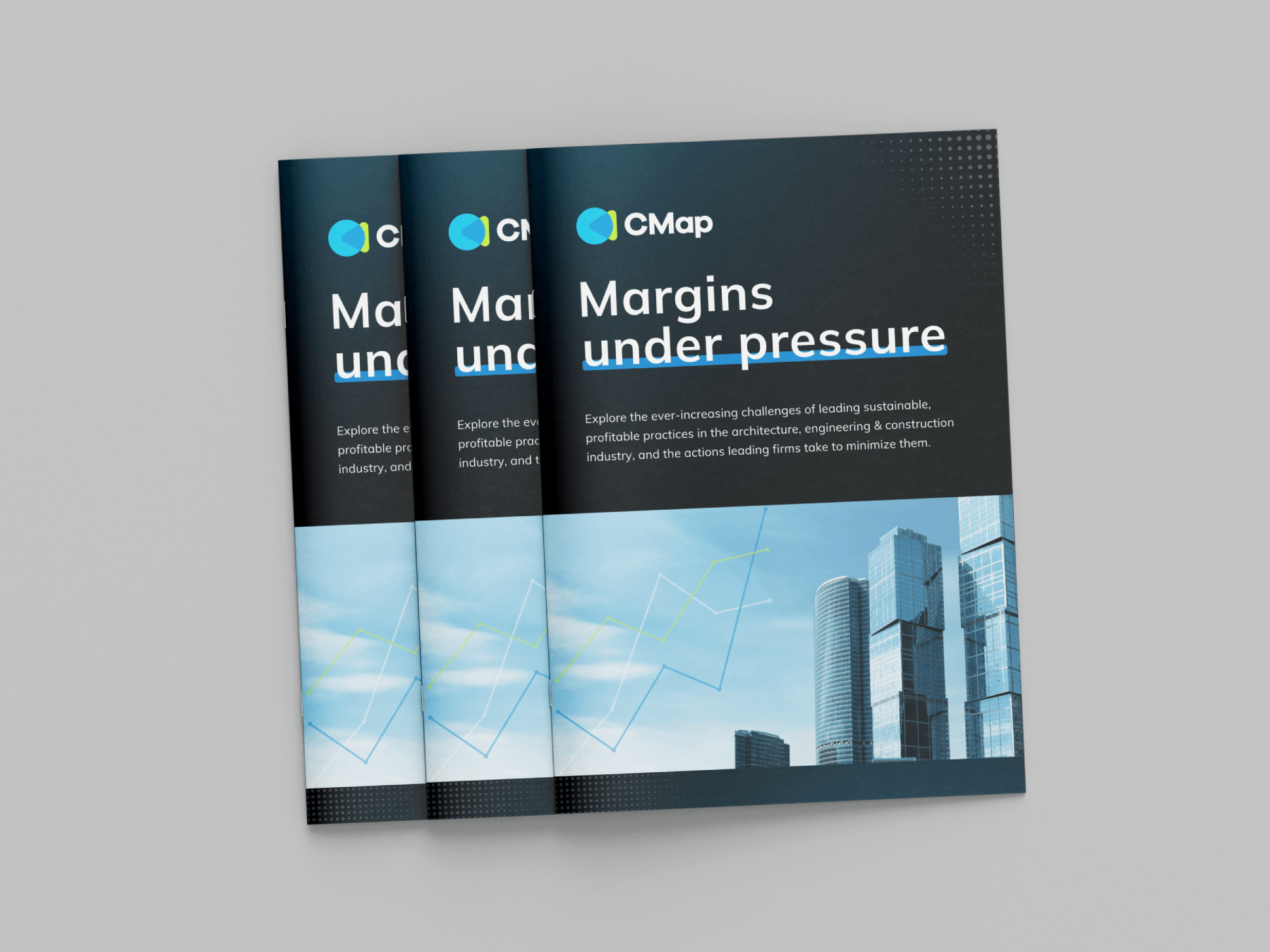Book a demo
To see exactly how we can help you drive your company in the right direction, book a demo with an expert.


In the architecture, engineering and construction industry, profit doesn’t just take care of itself. Even in good years, the numbers tell a story of tight margins and even tighter timelines. Firms are caught between macro economic headwinds and industry realities that eat away at profitability.
Why AEC Firm Profit Margins Feel Under Pressure
These are external forces, that unfortunately, sit outside of your control. But one critical profitability driver remains completely within your control: your everyday operations.
This guide is for senior leadership that’s ready to move towards a system that makes profitability part of the firm’s operating DNA.
The key to building profitability month after month is creating operational layers of best practice and sticking to it. Just gradually and regularly doing all the stuff behind the scenes & making this the process.
David Ayre - Founding Director, Ayre Chamberlain Gaunt.
Get more insights and watch our Profitability in Practice webinar, hosted in partnership with Architects' Journal.
Your profit margins rarely collapse overnight. Instead, they leak away through a series of fixable, operational issues:
For architects and engineering firms, profitability isn’t just about winning projects, it’s about managing them wisely. By embedding operational control into every stage of a project, practices can protect their profitability.
Joe Emanuele. Head of AEC, CMap.
In most AEC firms, critical operational data lives in a tangled web of spreadsheets, systems and email chains. The symptoms are familiar:
Excel can handle a lot, but it’s no substitute for a purpose-built operations platform designed to give architecture & engineering firms operational control of their projects, people and profitability at scale.
With CMap, it’s super easy for our architects to enter time, expenses, and project information. But the most time savings comes from that I can create live reports and have critical data without using spreadsheets.
Aimee Rutherford. Partner, Michaelis Boyd. Find out more in our CMap AEC Edition case study.
Firms that invest in operational control, who treat it as an engine, not an afterthought, aren’t just better prepared for downturns. They outperform because they’ve built profitability into the fabric of how they operate.
Operational control isn’t about micromanaging or burying teams in bureaucracy. It means giving your people the information and tools to make timely, confident decisions.
In practice, that comes down to a few fundamentals:
Too many firms bet on a healthy pipeline or clever business development, only to find delivery & execution undermines every good intention. Your operational gaps turn small project hiccups into big financial surprises. Without control, AEC firms end up managing anecdotes & guesstimates, not data-driven insights, leading even the best strategy to unravel further down the line.
The landscape is shifting. More AEC firms are trading their patchwork spreadsheets and siloed systems for an integrated operational control and intelligence platform, including our very own platform, CMap AEC Edition. Here's what changes:
Real-time dashboards & reports: Leadership, finance, and management all work from a real-time view of your practice & project health, resource allocation, and financial performance. No more waiting for monthly reports, which by the time you digest are outdated; risks & opportunities are visible as they develop.
Automated forecasting: Resource and revenue forecasts update dynamically based on real data. Letting you & your team model what-if scenarios and spot gaps or overcommitments before they become problems.
Centralized, clean data: With a single source of operational truth, everyone’s working from the same numbers. This supports faster, more confident decision-making and removes hours of manual reconciliation.
Proactive management & stronger decision making: Automated alerts and early warnings give you the time and context to adjust course. Surprises become rarer, and less costly, and your decision making is backed by insights from your own data.

Sustainable profitability isn’t an overnight fix. It’s a progression that you need to commit to, with each stage building on the last, all supported by your operations & intelligence platform:
Most AEC firms operate somewhere between operational chaos and clarity. Moving up the maturity curve isn’t about flashy tools, it’s about building the discipline needed for consistent, sustainable growth.
For firms looking to move from operational chaos to control, here’s a few practical starting points:
It’s tempting to delay investments, especially if current systems & processes aren’t on fire. But inertia is rarely neutral... the costs of maintaining the status quo are real and compound on your business over time.
Joe Emanuele. Head of AEC, CMap. Learn more in our Operations and Intelligence Platform Buying Guide.
If your firm is ready to move past spreadsheets and fragmented systems, it’s worth seeing how purpose-built operations software can help.
CMap AEC Edition is designed specifically for architecture, engineering, and construction firms that want to get a handle on their margins and drive reliable growth.
CMap AEC Edition brings project, resource, and financial data together in one place, giving you live visibility, and total control across your operations, enabling more confident decision-making at every level and protecting your practice profitability by design.
.png)
Curious how CMap could fit with your firms needs? Book a demo with our team to see how our easy-to-use operations & intelligence platform can help you build a stronger, more sustainable firm.